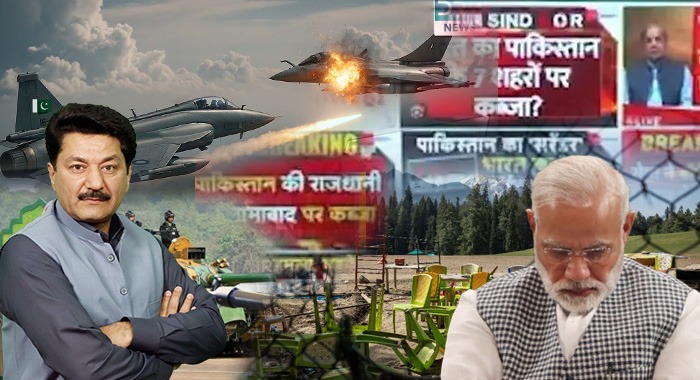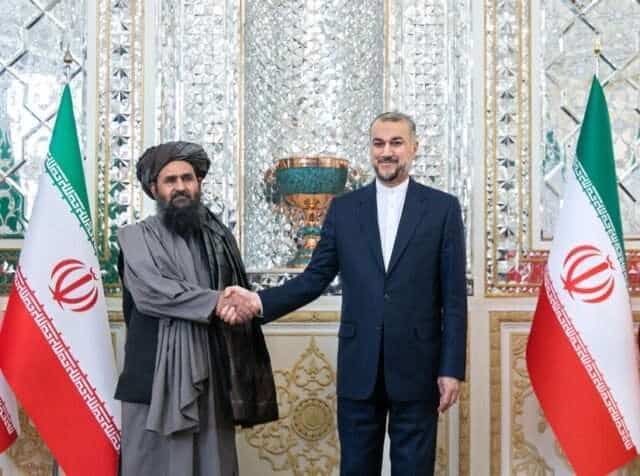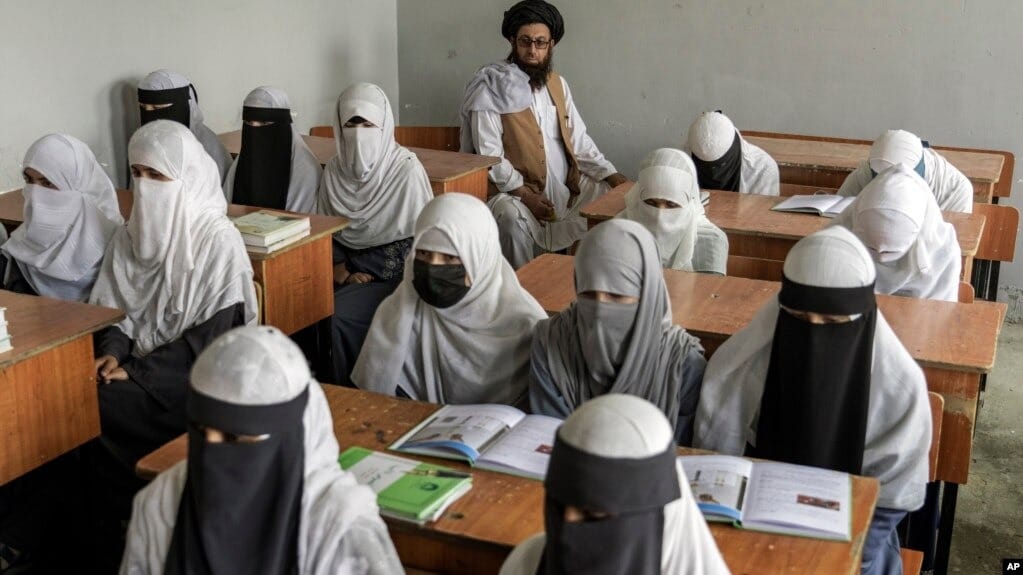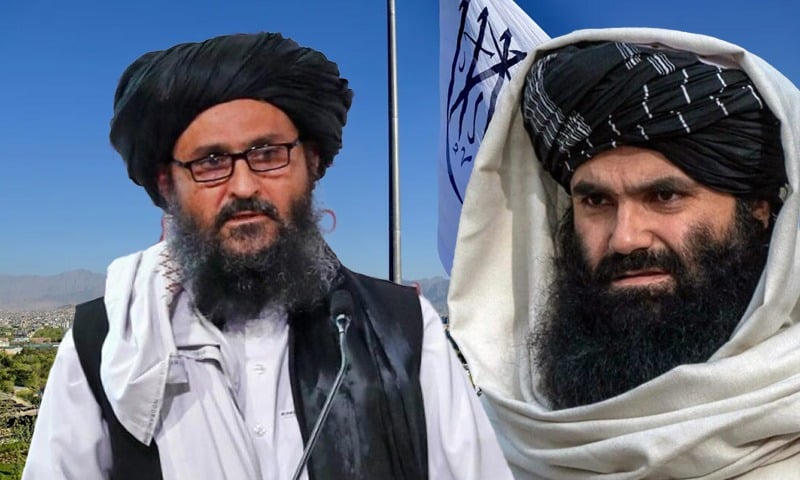It is increasingly evident — to the world, and now to Indian citizens themselves — that Prime Minister Narendra Modi’s government has led India into a web of propaganda, misinformation, and dangerous miscalculations. The recent escalation in South Asia, sparked by the Pahalgam incident and followed by Indian strikes across the Line of Control, has only reinforced a troubling truth: India’s narrative is crumbling, and its leadership is exposed.
For over two weeks after the Pahalgam attack, Pakistan exercised restraint and diplomacy, extending both condemnation and a call for investigation. While India’s media and political establishment beat the drums of war, claiming fantastical victories — from destroying ports in landlocked Lahore to air raids on imaginary terror camps — Pakistan remained focused on peace and global engagement.
Modi’s eventual speech, after days in hiding, was nothing short of a theatrical performance. He spoke of “Operation Sindoor” as a show of strength, but conveniently omitted the glaring facts — such as the lack of any credible evidence tying Pakistan to the Pahalgam incident, or the absence of international access to the alleged attack sites in Kashmir.
Perhaps most telling was Modi’s silence on Donald Trump’s role in brokering the ceasefire, a clear indication of discomfort over the internationalisation of the Kashmir issue. Trump’s tweets, particularly the one referring to Kashmir, shattered the Indian illusion that Kashmir is an “internal matter”.
Meanwhile, Pakistan’s measured yet firm military response — including targeted strikes and the downing of several Indian aircraft — demonstrated not only restraint but credible deterrence. The symbolism of Pakistan’s Army Chief delivering a warning atop a tank was a clear signal: Pakistan would not initiate war, but it would not tolerate aggression either.
In India, disillusionment is setting in. Even Bollywood celebrities and industrialists — usually silent on matters of state — have begun to question the role of Indian media in fuelling war hysteria with fake news and unverifiable claims. The myth of Indian military supremacy has been pierced, not just by Pakistan’s actions, but by the Indian government’s own failure to produce evidence, results, or clarity.
Moreover, the human cost — the deaths of innocent Pakistani civilians in the Indian strike, including women and children — has further undermined Modi’s moral ground. The international community cannot ignore that India targeted civilian populations while Pakistan deliberately avoided civilian harm in its retaliatory actions.
This conflict has also exposed India’s strategic miscalculations in diplomacy. While Pakistan secured support or neutrality from global players like China, Turkey, Saudi Arabia, and the United States, India has found itself increasingly isolated, relying more on rhetoric than results.
Kashmir, the heart of this long-standing dispute, is back in global focus. Modi’s refusal to address the region’s reality, his government’s continued crackdown in Indian-administered Kashmir, and reports of extrajudicial killings only strengthen Pakistan’s position that the issue must be resolved under UN resolutions and international scrutiny.
As the fog of war clears, what remains is a sobering truth: India’s aggression has backfired diplomatically, militarily, and morally. And while Modi sought to rally nationalist sentiment, he has instead revealed the limits of manufactured narratives in a world increasingly demanding facts, not fiction.
It is time the international community — and more importantly, the Indian public — ask hard questions of their leadership. In the pursuit of headlines and elections, has Modi led India to a geopolitical cliff edge?
Because while the fog of misinformation can obscure reality temporarily, truth — like peace — always finds a way to break through.





